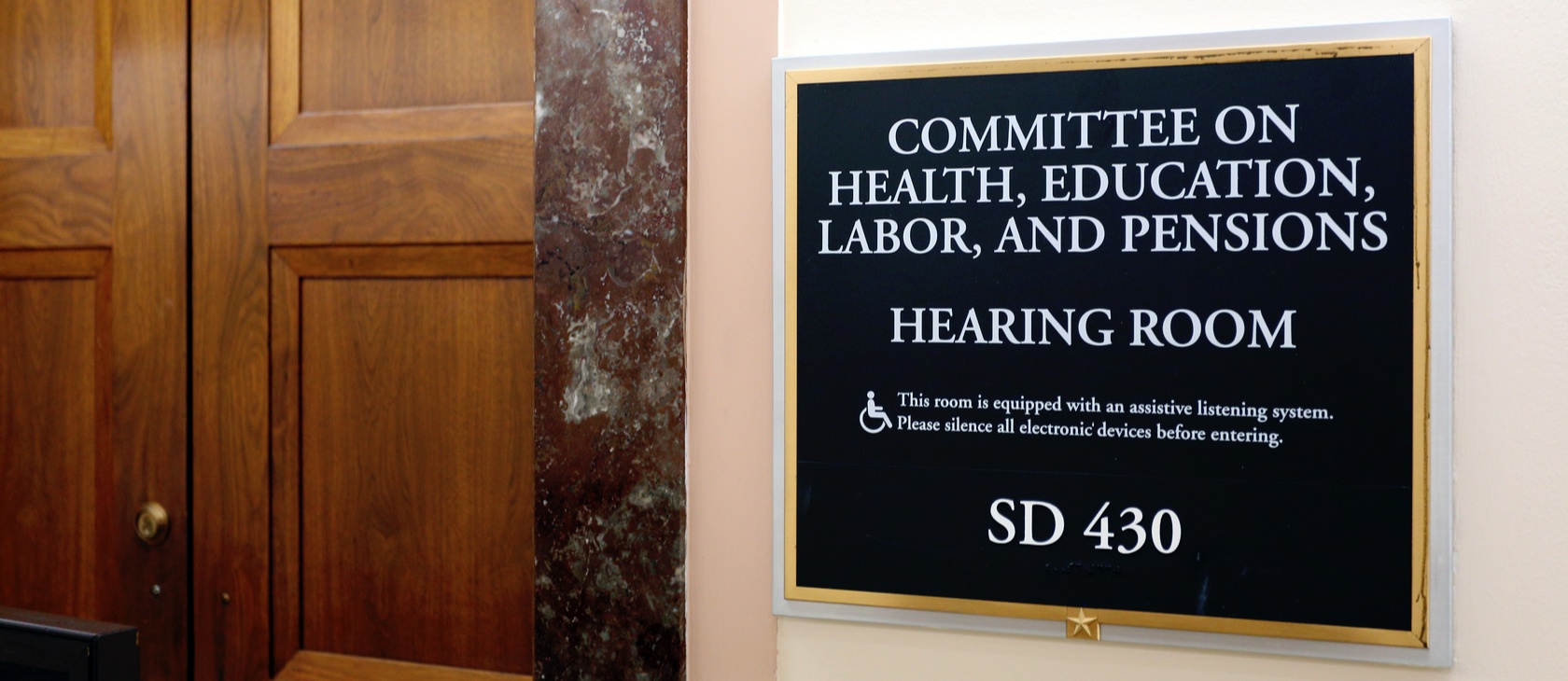You may already be aware that many state and local public pensions are in trouble. By one estimate, the nation’s state, county, and municipal governments face a combined funding shortfall of about $5 trillion.
How did this happen? It depends on who you ask, but one can point to various culprits that include roller-coaster stock prices since 2001, the fact that baby boomers are moving into retirement, a drop in tax revenues driven by the Great Recession, and the nation’s recent household and business migration patterns—including the exit of both from historically vibrant cities like Detroit. After Detroit declared bankruptcy in 2013 its pensioners saw their benefits cut considerably.
Now it’s not unreasonable to think that our elected officials and their agents bear a share of the blame, too. I suspect that various politicians and bureaucrats in charge of such funds don’t plan for others’ futures as carefully as they might plan for their own—especially when it comes to individuals who will enter retirement long after a given politician has left office.
But what you may not know is that many private pension funds are in trouble, too.
But what you may not know is that many private pension funds are in trouble, too.
Though most private employers long ago shifted from traditional pension plans into 401(k) retirement plans for their workers, there remain a significant number of workers who continue to make contributions into traditional pension funds—funds that promise a defined monthly benefit following retirement. Such funds are guaranteed by the Pension Benefit Guarantee Corporation (PBGC), an agency of the U.S. government. Created by an act of Congress in 1974, the PBGC is intended to function as a backstop for troubled private pensions—much like the Federal Deposit Insurance Corporation (FDIC) provides guarantees for depositors in the event of a bank default.
The PBGC insures two types of private pensions: single-employer and multiemployer. Single-employer pensions operate just like their name suggests: a single employer offers a traditional pension plan to its workers. For single-employer pension funds to be covered under PBGC’s single-employer program, PBGC requires payment of an annual premium, which is currently $69 per worker each year.
Multiemployer plans are pension funds created through collective bargaining between labor unions and two or more employers. In the multiemployer case, then, it is the union—rather than the employer—who is responsible for the pension. The annual premium paid by multiemployer plans to PBGC’s multiemployer program is currently $28 per worker each year.
Alas, due to regular crises in private pension funds, the PBGC itself is in crisis. According to the PBGC itself, “PBGC’s fiscal year 2016 annual report shows a financial deficit in its Multiemployer Program net position of $59 billion. PBGC’s Single-employer Program shows a deficit of $21 billion.” Though the PBGC claims that the single-employer program is likely to rebound during the next ten years, they estimate that the multiemployer program will run out of money by 2025.
This is very bad news for the 4,000 members of the Cleveland Iron Workers Local 17 pension plan, many of whom had their benefits reduced by more than half back in February. The Cleveland pension plan was granted the ability to write down its obligation to its members under a relatively new piece of legislation called the Multiemployer Pension Reform Act (MPRA). Passed in 2014, the MPRA made it possible for distressed multiemployer pension funds to apply to the PBGC for permission to pay pensioners less than they had been promised. Since the distressed PBGC multiemployer program is incapable of guaranteeing the benefits of the ten million or so Americans enrolled in multiemployer plans who are counting on their pensions, troubled pensions can lawfully gain exemptions from paying what they had promised to their members. Troubled multiemployer pensions may be classified into one of three categories depending upon their straits: “endangered,” “critical,” or “critical and declining.” Once a pension falls into the “critical and declining” category, the MPRA allows multiemployer plans to pursue a reduction in benefits.
But the Cleveland Iron Workers are not the only pensioners in peril. In 2016 the U.S. Department of Labor classified 86 multiemployer pensions as “critical and declining,” including Iron Workers Local 17.
What lessons may be found in this tragedy?
1. When the terms of a contract are strictly enforced, people are more likely to honor them.
If there is an overarching lesson of bailouts such as the Troubled Asset Relief Program (TARP), the multiemployer version of PBGC, or the MPRA, it is that people are less likely to honor their contracts when it’s likely that a third party will make it lawful to violate the terms of the contract. In the case of the MPRA, union-driven pension funds no longer must make good on their promises to their members. Economists have long referred to this problem as “moral hazard,” the tendency to overpromise and underdeliver if you believe you will not be held accountable for the consequences.
Two of my former colleagues at Henderson State University, Glenna Sumner and Anita Williams, demonstrate that an economy in which “fuzzy” contracts become the norm will experience a decline in the value of its assets, both individually and overall. It’s simply quite difficult to make plans if you doubt whether today’s contract terms will be enforced tomorrow, and it’s even harder to accurately assess the value of any asset that is likely to be affected by “fuzzy” contracts.
2. The rank-and-file don’t like it when they feel forgotten, and they vote accordingly.
I know correlation doesn’t imply causation, but the narrow Trump victories in the 2016 presidential election in states like Michigan, Wisconsin, and Pennsylvania—and their ensuing morning-after analyses—suggest that one variety of Trump voter was a disgruntled working-class guy in Sheboygan who used to vote with the Democrats but felt forgotten by both his party and politicians in general. If even a handful of union workers in these states had recently received their “critical and declining” notices, it’s certainly possible that their votes tipped the electoral outcomes in those states.
3. Planning for the future is best carried out at the most personal level possible.
There are really good reasons most firms and workers with retirement plans have shifted from traditional pensions to 401(k) plans: Every saver has more flexibility in deciding when to save, how much to save, and what kinds of assets to invest in. At the same time, most individual firms, an increasing number of state and local governments and agencies, and even a few unions have learned that stepping out of the pension business makes their lives easier and keeps their workers happier.
If you enjoyed this essay, you might also be interested in Confronting the Retirement Funding Calamity: A Christian Perspective by Brian Porter and Todd P. Steen.




